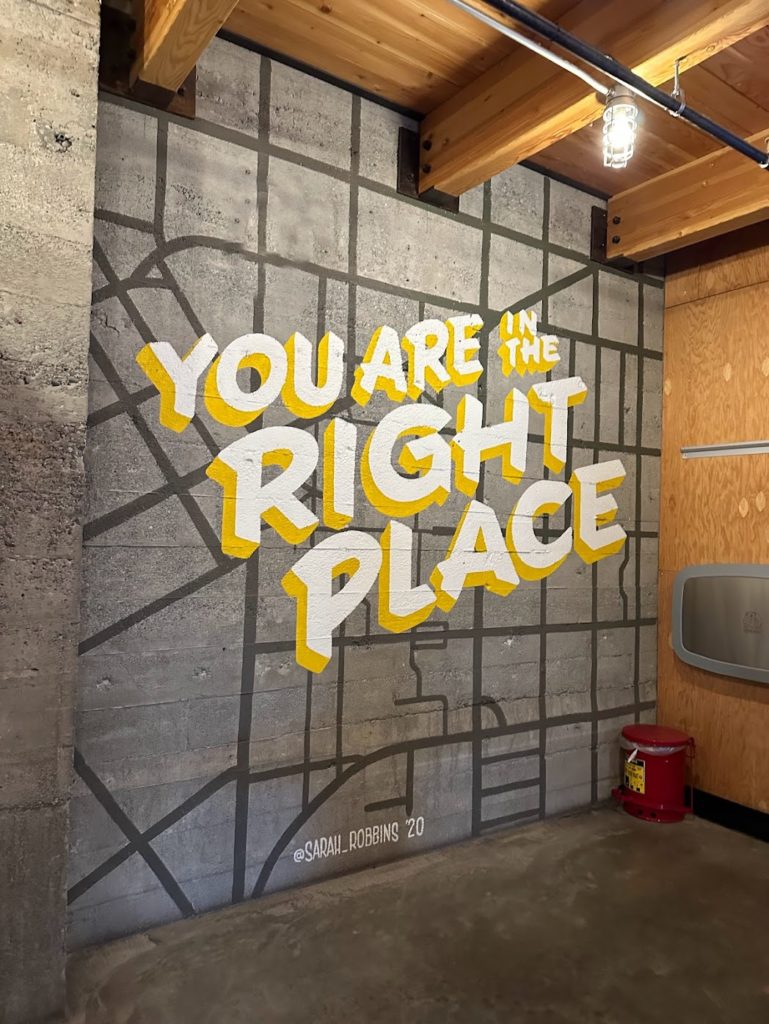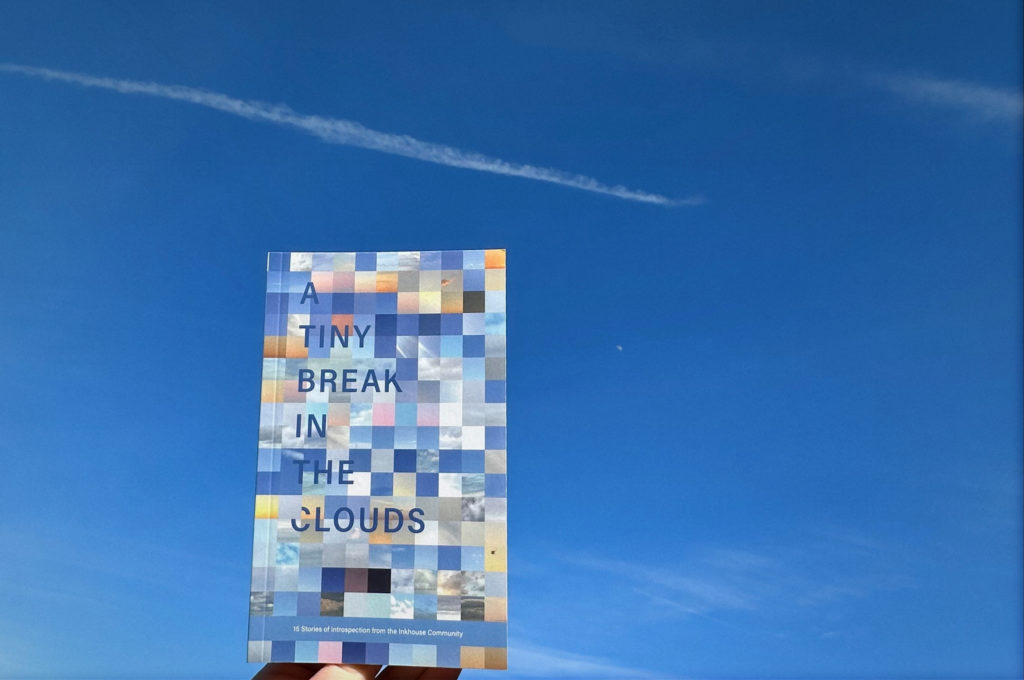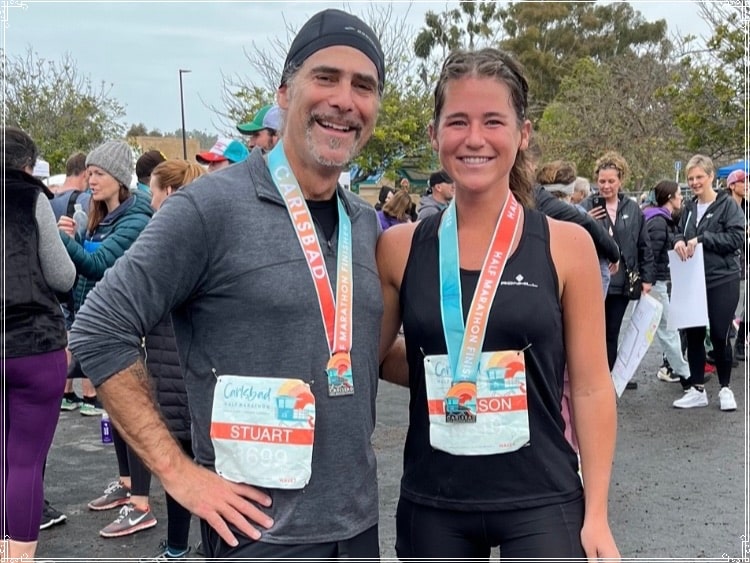BA’s Madison Utley shares her thoughts after attending the 2023 AWP Conference & Bookfair in Seattle.

There are two primary ways to experience a room full of people attempting to do some version of the same thing as you; I thought I might be intimidated and that my latent imposter syndrome could very well make an appearance. Instead, I was struck by a fully articulated sense of: there is room for everybody here, creatively.
Something Stuart and I discuss often is the notion that your creativity is inexhaustible. As a writer, you don’t have a finite amount of worthwhile words inside of you. Trusting that in your gut allows the creative process to flow, uninhibited, creating space for the important work of revision to take place and ultimately leading to a stronger, more robust final result.
That concept felt like it had applicability as I looked around these cavernous rooms full of writers and editors who are making money or aspiring to make money doing this, who are published or want to be published, who are incredibly experienced or brand new in the space. There was such range in how people are engaging with the writing world and the ways in which they’re trying to make a home for themselves here. The realization was liberation.
Why the hell not throw myself into the fray?
There is no right way to produce or engage with art. I left AWP with the clear sense that no one present had some concrete secret I needed to get my grubby little hands on and the confidence there isn’t some hidden curtain us newer writers need to peek behind for it all to make sense.
It’s really just about bringing a doing energy to your writing pursuits. You can draw inspiration from a room full of creatives, but not be constrained by what they’re saying about their own journey. You can look to the writing community for guidance and encouragement, but not for a list of rules to follow to find commercial or artistic success. This is about you, and owning that you’re meant to be in the writing world because you decided to be here.
That confidence powers creative thinking, powers creative living, powers art.



